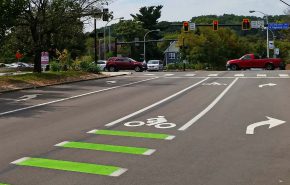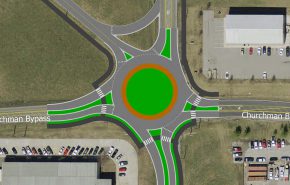Guest contributor GAI Engineering Director Richard Krajcovic Jr., PE, PTOE, MBA identifies five traffic engineering best practices that boost safety for pedestrians, motor vehicles, and cyclists at busy city intersections.
Much of the street design and traffic patterns we see in our cities today are based on a decades-old approach that favored motor vehicles over pedestrians. The urban mindset has evolved over the years, and more and more municipalities recognize the value of adapting streets to provide shared space for people, bikes, and motor vehicles—enhancing safety, walkability, cycling, and a sense of shared community.
Naturally, some of the greatest traffic engineering challenges arise at intersections—the spots where pedestrians, cars, trucks, and bikes converge and interact. So, how do you reconfigure an existing intersection to accommodate a variety of needs without sacrificing either the mobility or safety of any one type of user?

1. Manage Intersection Conflict Points
Conflict points are the spots where the paths of two intersection users diverge, merge, or cross. They are the spots within intersections where the most accidents occur. Common traffic engineering techniques for managing conflict points include implementing proper intersection phasing and timings, designing proper channelization, and utilizing two-stage bike turn boxes where bicycle lanes are present.
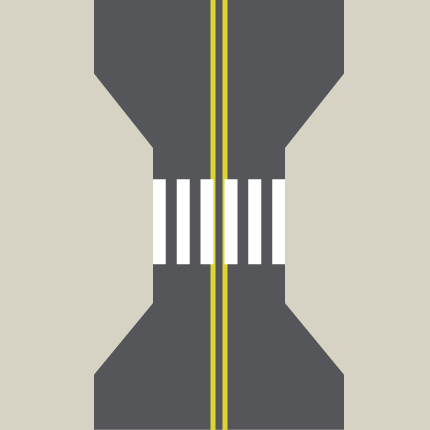
2. Reduce Crossing Distances
Many older streets and intersections were built to allow as much room as possible for motor vehicles or possibly bygone street cars—which isn’t necessarily good news for pedestrians. Shorter crossing points are inherently safer for people and cyclists—the less time needed to cross streets reduces their exposure to motor vehicles. Modern methods for better accommodating crossing pedestrians and bikes include funneling pedestrians to preferred crossing points, implementing Leading Pedestrian Intervals (LPIs), and installing audible pedestrian crossing equipment.
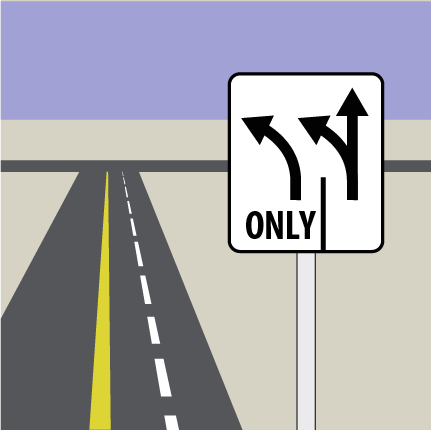
3. Improve Signage
Prominent signs that define the proper use and restrictions for every lane of traffic help eliminate guesswork and give each intersection user a clear idea of both what to expect and what their responsibilities are.
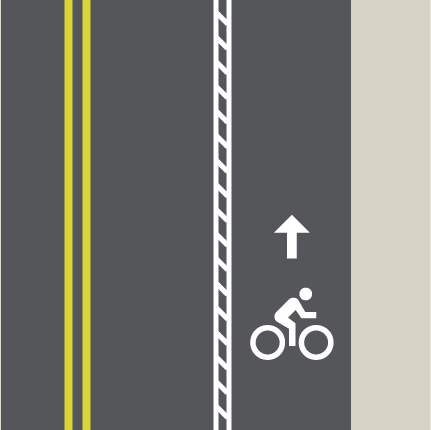
4. Establish Designated Bicycle Lanes
Many drivers are still getting used to the idea of sharing streets with vulnerable bike riders. This issue becomes a particular concern at intersections where motor vehicles and bikes have many opportunities to cross paths. Clearly marked bike lanes that offer cyclists a dedicated ‘cushion’ of space go a long way toward providing safe passage and improving driver/cyclist interactions.
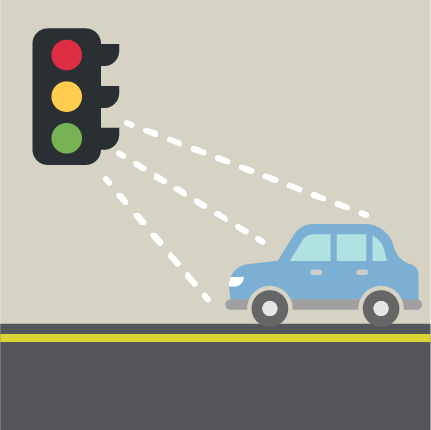
5. Install Traffic Light Vehicle Detection Technology
Traffic signals that detect the presence of vehicles automatically adjust their signal patterns to optimize traffic flow and better manage conflict points.
Related article:
Contact GAI Engineering Director Richard Krajcovic Jr., PE, PTOE, MBA, 412.399.5186, for more information about GAI’s transportation and traffic engineering services.
 Richard Krajcovic Jr., PE, PTOE, MBA specializes in transportation and traffic engineering analysis and design. Rich has 16 years of transportation experience with public and private projects, including agency coordination, bicycle and pedestrian accommodations, public involvement, highway occupancy permits, temporary traffic control design (maintenance and protection of traffic), traffic signal and interconnected traffic signal system design, transportation impact studies, transit oriented development planning, signing and pavement marking design, alternatives analysis and development, and data collection and analysis.
Richard Krajcovic Jr., PE, PTOE, MBA specializes in transportation and traffic engineering analysis and design. Rich has 16 years of transportation experience with public and private projects, including agency coordination, bicycle and pedestrian accommodations, public involvement, highway occupancy permits, temporary traffic control design (maintenance and protection of traffic), traffic signal and interconnected traffic signal system design, transportation impact studies, transit oriented development planning, signing and pavement marking design, alternatives analysis and development, and data collection and analysis.
![]()
![]()
![]()
![]()
![]()
![]() Richard Krajcovic Jr., PE, PTOE, MBA specializes in transportation and traffic engineering analysis and design. Rich has 16 years of transportation experience with public and private projects, including agency coordination, bicycle and pedestrian accommodations, public involvement, highway occupancy permits, temporary traffic control design (maintenance and protection of traffic), traffic signal and interconnected traffic signal system design, transportation impact studies, transit oriented development planning, signing and pavement marking design, alternatives analysis and development, and data collection and analysis.
Richard Krajcovic Jr., PE, PTOE, MBA specializes in transportation and traffic engineering analysis and design. Rich has 16 years of transportation experience with public and private projects, including agency coordination, bicycle and pedestrian accommodations, public involvement, highway occupancy permits, temporary traffic control design (maintenance and protection of traffic), traffic signal and interconnected traffic signal system design, transportation impact studies, transit oriented development planning, signing and pavement marking design, alternatives analysis and development, and data collection and analysis.